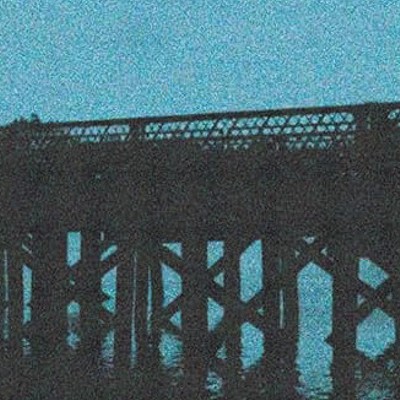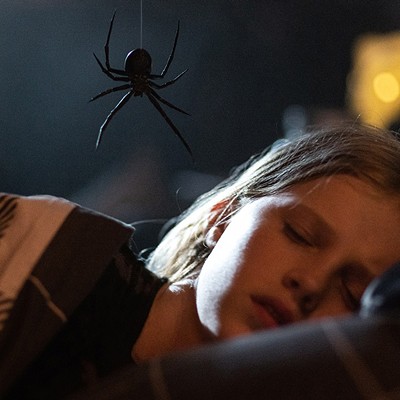Los Angeles, 1947. The body of a beautiful, young aspiring actress is found cut in half at the waist, her cheeks slashed to give her a macabre, post-mortem smile. Chunks of her flesh have been neatly cut out. The body is clean. Her eyes are wide open.
Whodunnit? No one knows. The newspapers go crazy and dub her "the Black Dahlia," after The Blue Dahlia, a film from the year before. Her real name is Elizabeth Short. She's from small-town Massachusetts. The LAPD entertains hundreds of suspects, interviews thousands. Still, nothing but empty leads, even now, 60 years later.
Real sensational stuff. Of course, I learned all of that from Wikipedia and amateur sleuth Web pages. Brian De Palma's film didn't shed much light. With its stylized cover seeming to promise a dark, twisted journey deep into the bowels of the case, the movie instead uses Los Angeles' most notorious unsolved murder as the mere background for a confused, disjointed story about two detectives investigating the case and how it makes them feel.
Of course, that's not entirely De Palma's fault. The film is an adaptation of the novel by James Ellroy. But De Palma, for his part, is at least guilty of miscasting, flawed execution and a jumbled storyline. Black Dahlia's two protagonist cops (Aaron Eckhart and Josh Hartnett) are undeveloped. The normally scintillating Scarlett Johansson is laughable as a '40s seductress. And why does Hilary Swank -- as the spoiled daughter of a Hollywood magnate -- keep noting her uncanny resemblance to Mia Kirshner (as Short) when it couldn't be further from the truth?
The film intends to show how the Dahlia case unravels the lives of everyone it touches, but in the end it's only the film that unravels -- to the point that the "solving" of the unsolved case just seems like a footnote at the end.
The DVD's wealth of bonus features should have supplemented the film with a deeper look into the case itself. It doesn't. Although James Ellroy provides some background regarding the differences between the real case and the film, it does more to illustrate those between the book and the film, and reality's left behind again. There's a nice section on the De Palma touch -- his use of color and camera motion. But such back-patting for such a flawed film is, well, a mystery. (Rated R)















